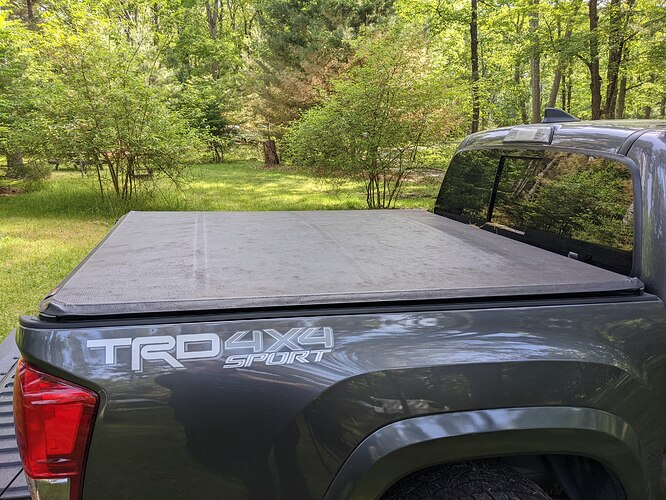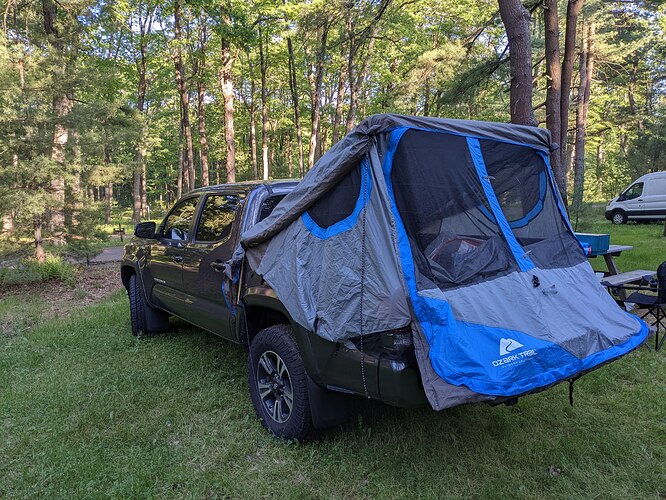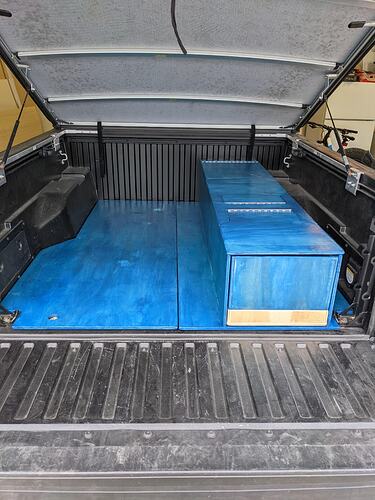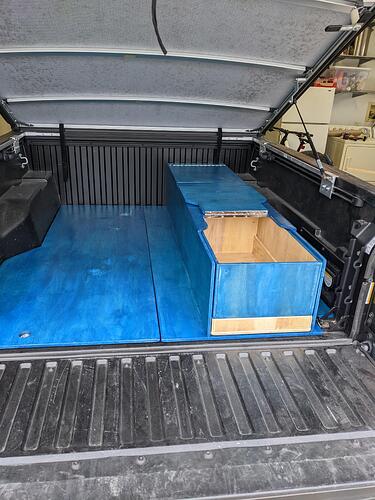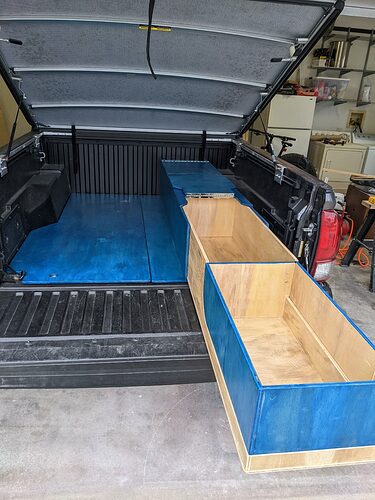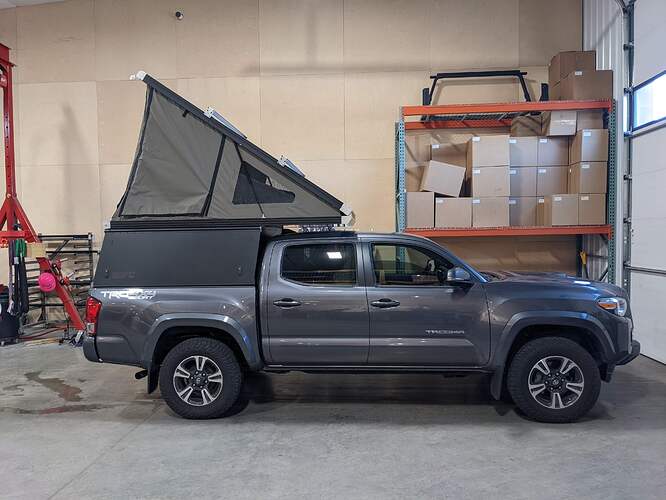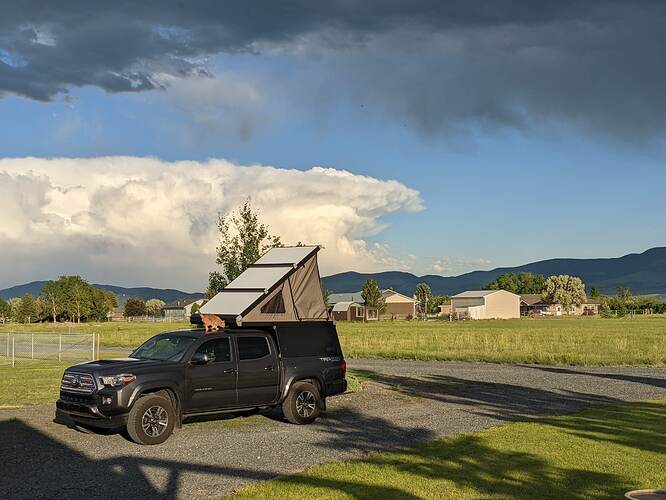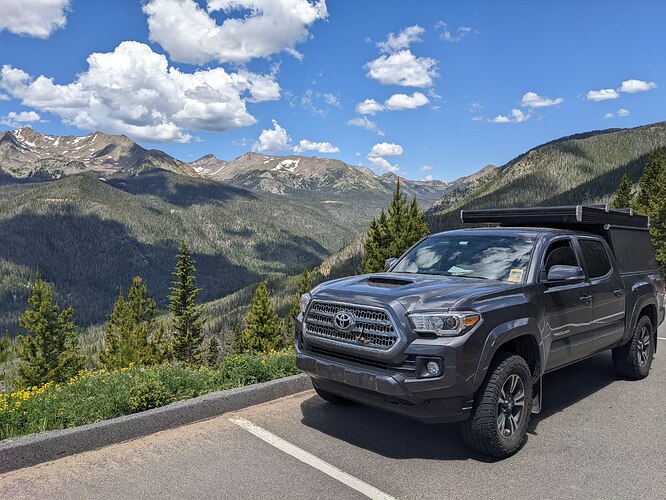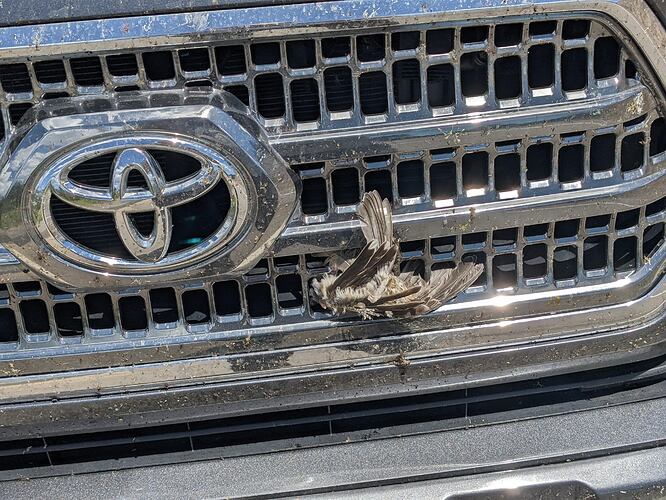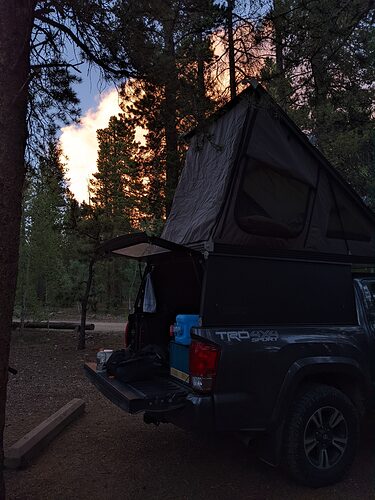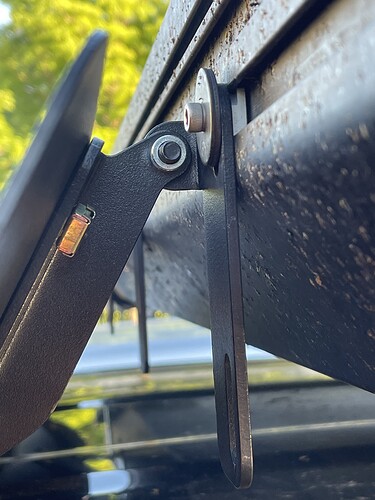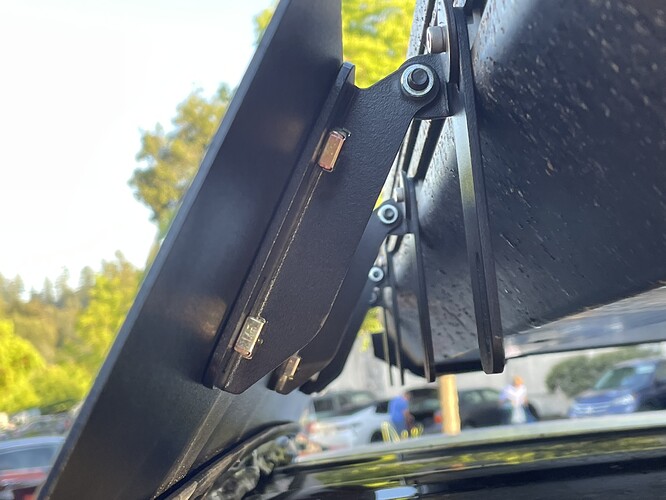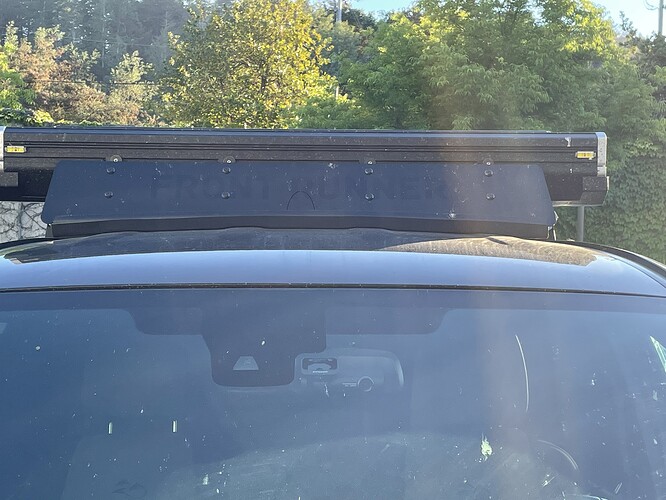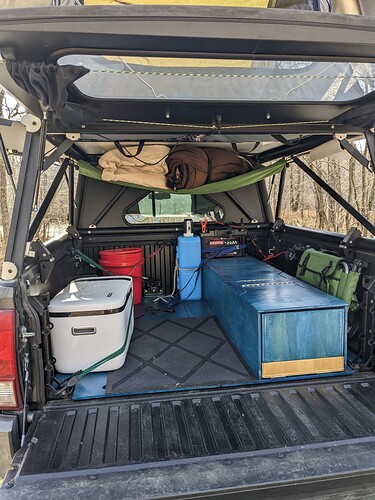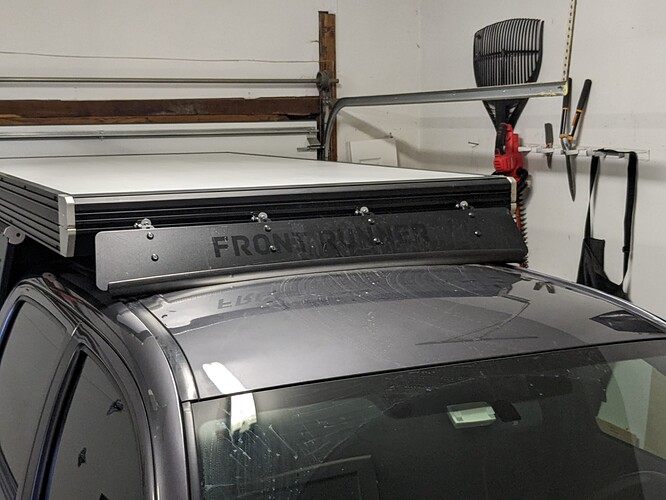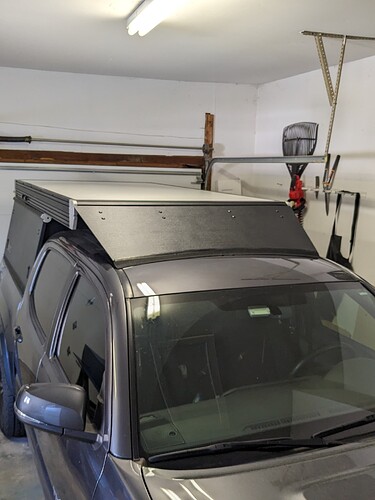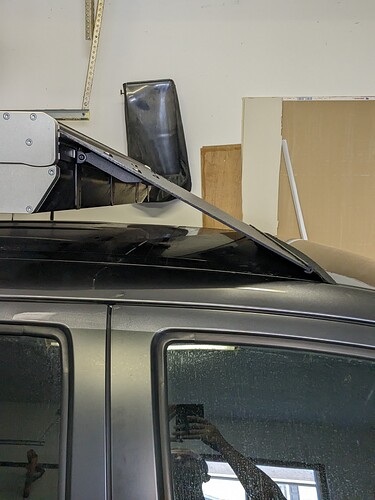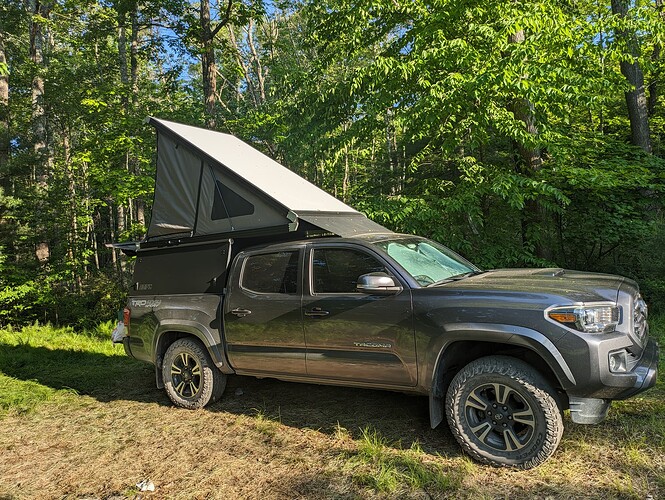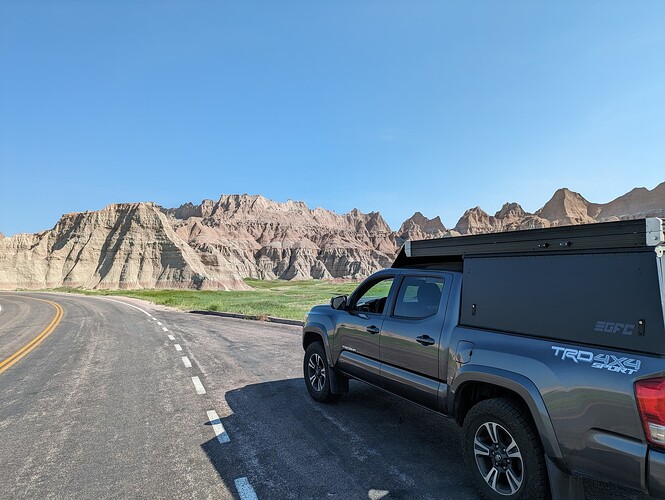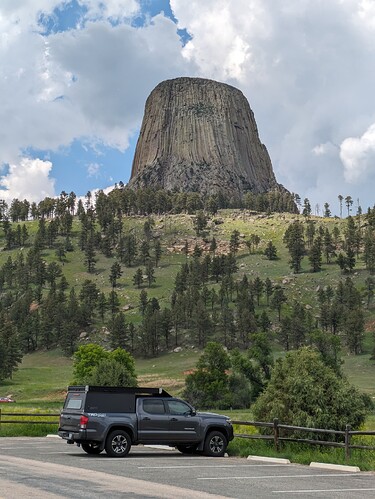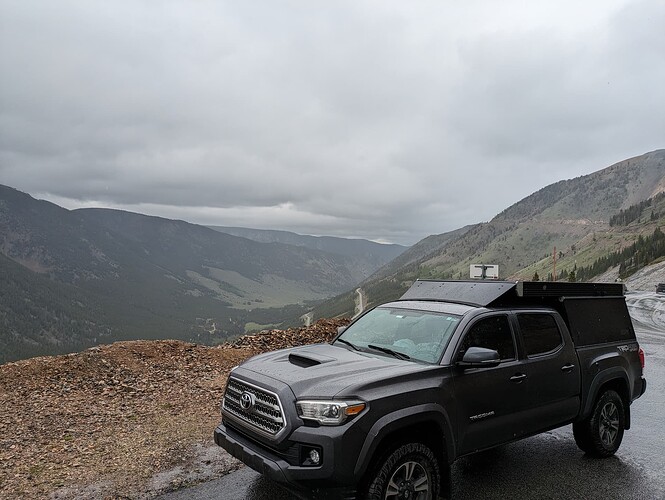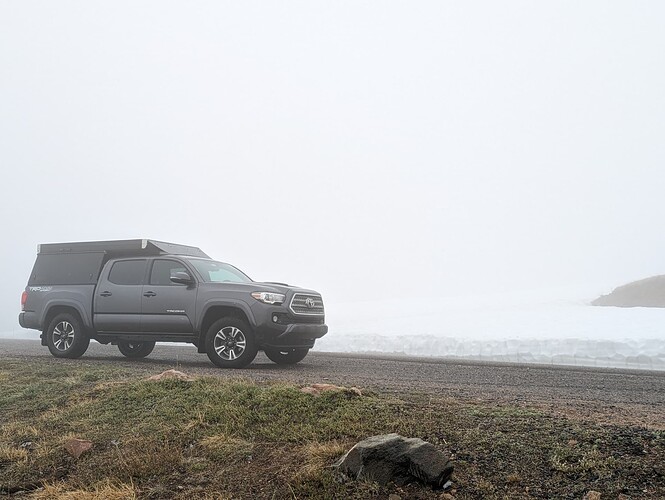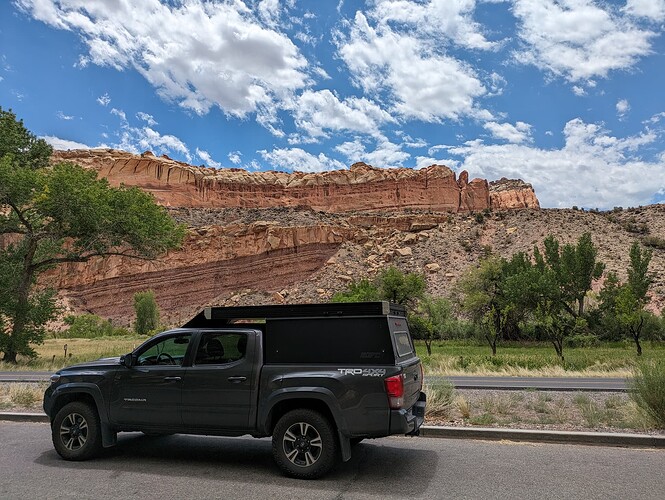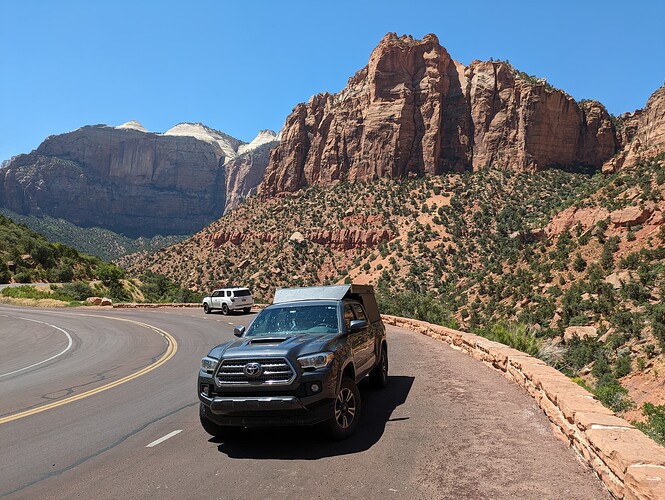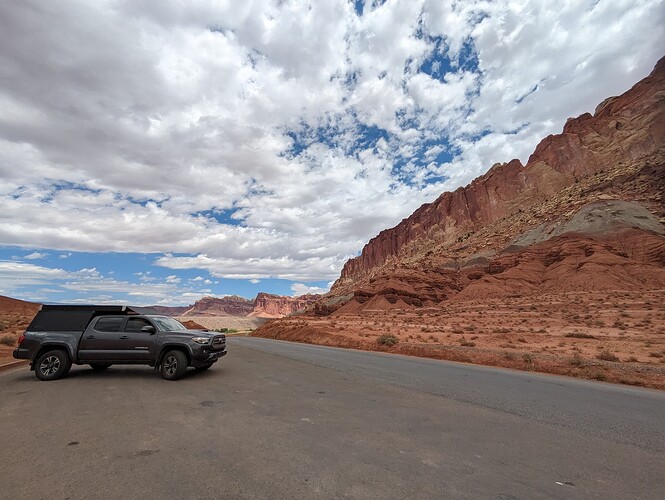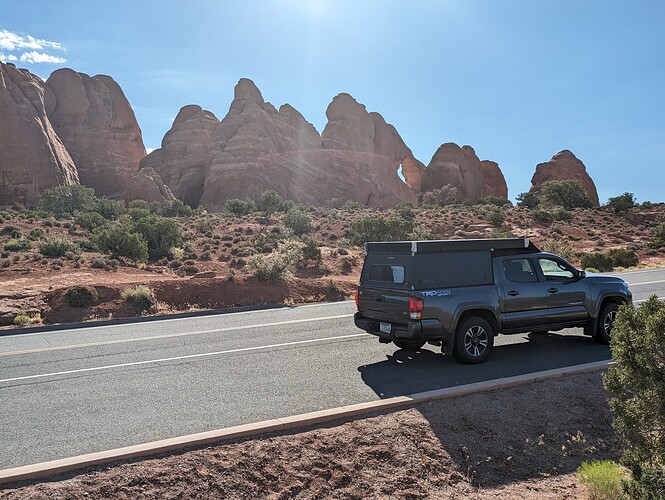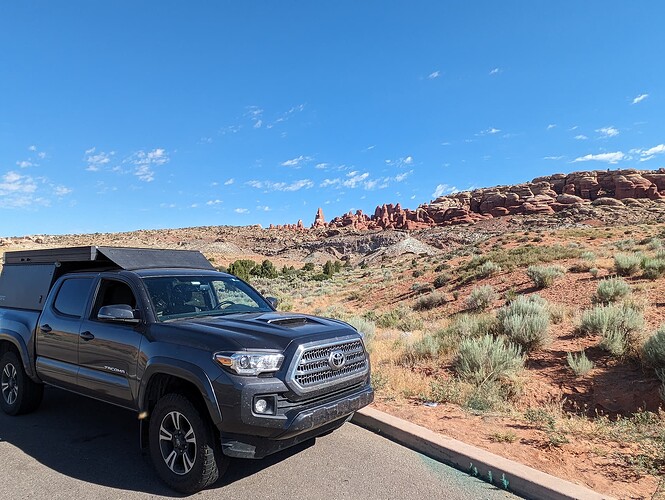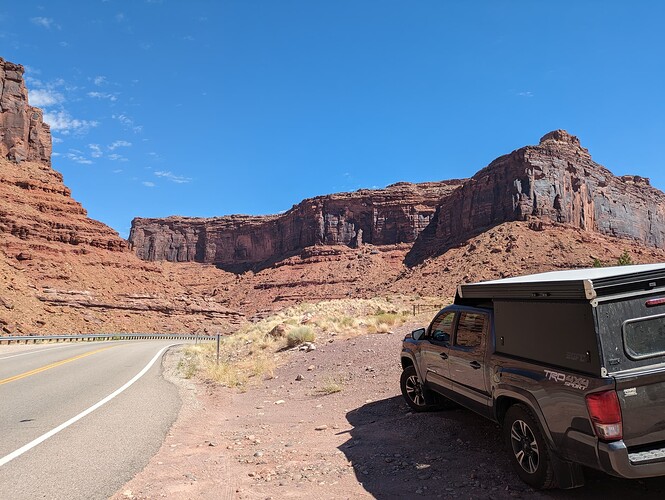Hello everyone. I’m fairly new to being a GFC owner, but I’ve been following this forum for over a year. I drive a 2017 Tacoma TRD Sport DCSB that I’ve affectionately named TRuDy. I also fly big cargo jets for a living (can you guess which one?) so that’s where the title of this post comes from. I’ve taken a lot of good info from here and my goal is to return the favor with my build and my experiences. I had been looking to upgrade my previous camping set-up when I discovered the GFC and its competitors. I used to camp in the bed of my truck with a tent I made that draped over my tonneau cover. It wasn’t a pretty solution, but it was better than a ground tent. What I wanted was a more elegant, more functional version of what I was already using. I went with the GFC because of its lightweight minimal design, it’s price point, and the fact that their customer service is great (based on what I’ve seen from this forum). So I finally pulled the trigger and threw down a deposit last December before the price increase. Unfortunately with my job and being located on the east coast, I had to wait until late June to make the trek to pick it up. I was born and raised in MT so any excuse to go back is a good one. After months of waiting, I finally set aside 3 weeks of vacation time and drove 2200 miles to Belgrade for my install. I took a week to make the drive while stopping to see friends and family along the way. After install I went to a family reunion in WY and then spent time in Yellowstone, Grand Teton, and Rocky Mountain National parks before making the swing back east. Overall I drove over 5500 miles, visited 7 national parks, and drove through 16 states. I’ve spent about a dozen nights in my GFC so far and I’m a big fan.
With this thread I plan to document my build, my experiences, some advice, and some gadgets/hacks that I’ve used. Feel free to add to the discussion, provide your experience, give better gear recommendations, etc. I don’t get any kickbacks from any of the links I post on here. I just want to help the community.
Here’s a few pics of my previous set-up:
My overall goals with this build:
-
Minimal. This is an adventure vehicle, not a luxury RV. I want to minimize weight, unnecessary gear, and costs as much as possible.
-
Multi-purpose. I need a place to cook, somewhere to hang out if the weather is bad, somewhere to sleep, and the ability to haul gear to cool places. It also still needs to be useable as a truck.
-
Modular. I don’t want anything permanently mounted to the truck (other than the GFC). I want to be able to add/change components easily. I want to be able to load up and hit the road without a huge effort. I also want to avoid permanently mounting things to the GFC or permanently modifying it if I can help it.
My GFC Build:
I designed a simple single drawer built out of half inch plywood. It’s glued and pin nailed together. I managed to cut all the pieces from two 4x8 ft sheets of plywood with minimal waste. The top is segmented into three hinged doors which rest on the sides of the drawer frame so I can sit and stand on it (carefully) if needed. This allows me to get into the drawer from inside the GFC without having to open the tailgate and pull it out. The drawer itself is (so far) just a single open box. I may add dividers in the future once I finalize my gear so everything has a custom place to live. I made the front section of the drawer into a removable box that I keep all my kitchen gear in. It lifts out so I can take it into the house to load/unload, I can take it to a picnic table, or I can even take it on a boat or something. The drawer does not have any slides. It rests on quarter inch ABS plastic. I didn’t want the wasted space and extra expense of drawer slides. The only challenge this created was if I pull the drawer out too far it would tip. That’s why the two front hinged top sections are shaped the way they are. The “H” shaped piece prevents the drawer from tipping out of the frame when extended past the tailgate. The drawer frame is built on top of a plywood sheet that I cut to fit half the bed of the truck. The other half is also a plywood sheet. They nest together between the front of the bed, the sides of bed, and my bed stiffeners to stay in place. I don’t have any vertical restraint, but I also haven’t done any extreme off road to need it. Maybe it’ll be a future addition. On the left floor panel, I added a RockyMounts DropTop thru axle mount for my mtn bike (plenty of room for my 29er). Finally, for good measure, I stained it blue. I built this before I picked up my GFC based on a lot of dimensions and ideas from this forum. It worked great when I finally had my GFC installed.
My favorite gear/gadgets/hacks:
-
Magnetic puck light (https://www.harborfreight.com/lighting/indoor-lighting/bulbs-fixtures/wireless-led-light-fixtures/ultra-compact-750-lumen-rechargeable-magnetic-floodlight-yellow-57187.html). While there is no metal in the tent to mount this to, I’ve found that it sticks perfectly to the gas struts through the tent material and provides more than enough light (there are different brightness levels). It also rotates so you can focus it on what you’re doing, or point it to the wall or ceiling so it’s not right in your eyes. Plus you can move it to any other place it can sit/magnet to and you’ve got light. Cheap and easy lighting solution, and the battery lasts a long time.
-
Rechargeable fan/light/powerbank (https://www.amazon.com/Clyisrut-10400mAh-Rechargeable-Operated-Portable/dp/B09XN2G9WT). This thing is surprisingly powerful for the cost, and lasts an extremely long time (on the order of days) if used on the lowest fan setting. The fan also oscillates if you want it to, it’s got a dimmable light, and you can charge your phone off of it. I haven’t tested it yet in terms of condensation prevention, but I’m sure it’s similar to a roof-mounted fan if you positioned it in one of the smaller front windows on the GFC.
-
Overland Softgoods flannel sheets (Go Fast Camper Fitted Sheet Set — Overland Softgoods). Great quality, very comfortable, easy to use.
-
Ikea outdoor rug (OKSBY Door mat, gray, 2'0"x2'11" - IKEA). Cheap and effective place to park your shoes to keep dirt/mud out of the truck bed and tent. Easily washable too.
-
Dust pan (https://www.amazon.com/gp/product/B096D4SRGM/ref=ppx_yo_dt_b_asin_title_o08_s00?ie=UTF8&psc=1). Easy way to get dust/dirt/grass out of the camper.
-
RockyMounts DropTop bike mount (DropTop). I mounted it to one of my plywood floor panels near the front of the bed. Great, easy way to transport my 29er inside my GFC. I don’t have to worry about someone sealing it off a hitch mount or trying to hoist it up to the roof. Out of sight, out of mind.
Gas mileage:
This topic has been discussed throughout the forum, but here’s my initial observation. Before getting the GFC, I just had a stock truck with stock tires and an Extang vinyl tonneau cover. I averaged somewhere around 23 mpg in the summer and closer to 21 mpg in the winter. About 6 months ago I replaced my tires with Cooper Discoverer ATP II. There was a tiny hit to the mileage with these, but nothing super noticeable (they’re great tires, by the way). I should note that I rarely use my air conditioning unless it’s over 85 degrees and my daily commute is on rural roads through cornfields so there’s little traffic and I can go 45mph the whole time. On my way to pick up the GFC I got about 21 MPG on average (stock truck, Cooper tires, tonneau cover, mostly highway miles going 70-ish). After I got the GFC I averaged about 19 MPG (mostly highway miles going about 70-ish). In both cases I had my drawer system and gear in the back, including my bike. Along the way I definitely had times where I could do 70mph with 20+ mpg as long as the winds were favorable. There were also times when I averaged about 16 mpg because of the hellacious headwinds and air conditioning (thanks Kansas…). After being home for a couple weeks now, I’ve averaged about 21mpg on my daily commutes. I’ll likely look into some kind of wind skid to see if I can recover a little more, but also to reduce some of the wind noise. I don’t get whistling, but there is a fair amount of extra noise.
Random Photos:
Whitehall, MT before we got hailed on (the GFC is a pussy magnet…)
Rocky mtn nat’l park (somewhere along the way from WY to CO there was an unfortunate run-in with a bird)
Sunset just north of Idaho Springs, CO
Just outside Gettysburg, PA
Future projects/wish list:
-
Wind skid. As mentioned above, there is a fair amount of extra noise. I’d like to see if I could mitigate that and maybe get some gas mileage improvement as a bonus.
-
Solar. This is a want more than a need. As I use my GFC more I’m sure I’ll want to upgrade from a cooler to a fridge. I’ll also want to be able to do longer stretches away from civilization. Being able to charge my phone/lights/fan/tablet/etc. would be nice. I envision a briefcase-type panel I can set up near the GFC that I use to charge a solar generator like an Ecoflow or Jackery. Something modular that I can use outside the GFC if I wanted to.
-
Mosquito screens. I’d like to be able to have cabana mode engaged without having to deal with mosquitos in the truck bed. I’ve seen a few builds do this. I’ll have to figure out how I plan to do this. Open to suggestions.
-
Better water storage/usability. I currently have two 3-gallon WaterBricks (https://www.waterbrick.org/). They work great, but I haven’t worked out an effective place to mount them yet. I’d also like to dream up some kind of simple sink/faucet. We’ll see where that goes.
-
Tie downs/mouting points. I have some eyelets I got on Amazon that I plan to use on the factory mounting screws inside the GFC. I just need to figure out where I want to put them and what I’ll use them for. I may also look into some simple bike frame bags that would fit the GFC frame for a simple place to stash gear. The VRNCLR ones look super nice, but I don’t know if I can justify that cost.
-
Mattress upgrade. The stock pad is a little too firm for me. I expect it to break in as I use it more, but I’d also like to possibly add another layer or replace the current foam completely. I need to do some more research here. I also need to experiment with how much bedding I can stash in the camper when it’s closed.
-
Shower. Another nice-to-have item, but not a necessity.
I’ll add additional info/musings here as I refine my build. Let me know if you want any additional info on anything I’ve done.
